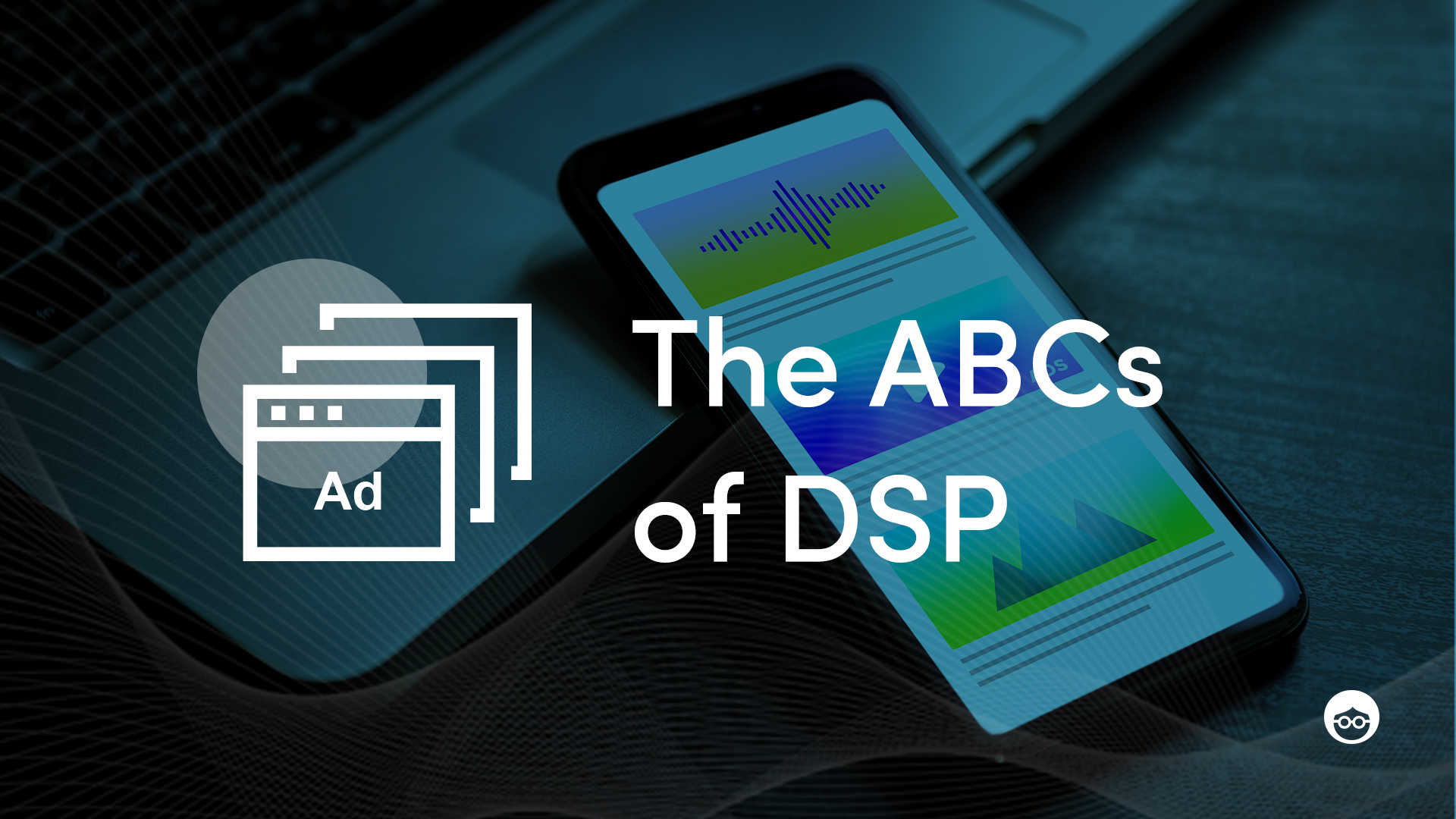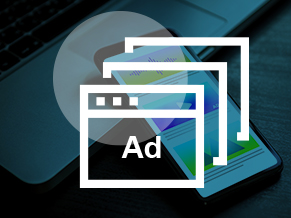What is a Demand Side Platform and How Does It Work?

Buying and selling digital ads was once not as easy as it is today. In the past, advertising transactions could take a few days or even weeks. Now, with the help of demand-side platforms (DSP) and supply-side platforms (SSP), it has transformed into an efficient and almost instantaneous process.
Demand side platforms are one of the main tools used by advertisers to run their online media campaigns. DSPs allow advertisers to buy impressions across a range of publisher sites (including ad exchanges and networks), yet targeted to specific users based on information such as their location and previous browsing behavior. Publishers make their ad impressions available through marketplaces called ad exchanges, and DSPs automatically decide which of those impressions it makes the most sense for an advertiser to buy. Often the price of those impressions is determined instantly via real-time bidding.
Vendors that currently sell DSP technology include Facebook Ad Manager, Google’s Invite Media, MediaMath, Turn, DataXu, X+1, and many others. Some DSPs are focused on specific channels, such as mobile or video. Some agencies operate their own buying platforms, often known as trading desks, using technology licensed from several of the companies above.
How Demand-Side Platforms Work
When working with a DSP, the advertiser provides the ad content and design, (for example, banner graphics), together with information about the ideal target market, and maximum budget plan. The platform then identifies advertising opportunities across various systems, finding the ad space that offers the lowest cost for the most ‘eyeballs’ in the target demographic. The DSP automatically buys those ad spaces on the advertiser’s behalf, until the budget is maxed out.
Anatomy of a DSP – What a Demand Side Platform Looks Like
Integration
For a DSP to work, it must integrate with multiple supply sources, such as SSPs and ad exchanges. Each DSP company will approach the integration process differently, but there are essentially three main phases. The initial phase of DSP integration involves research and setup. The second phase is the development and implementation stage. The last phase is all about testing out the new integration. Today, most brands expect that DSPs will naturally be integrated with all the main ad exchanges, supporting cross-channel reach with around 1 million QPS (queries per second).
Bidder
Every DSP has a component called “bidder”, which is responsible for placing bids on inventory during the real-time bidding (RTB). Bidding is in fact the core of the DSP. Space is sold rapidly and effectively whenever it is available.
Ad Server
Some DSPs have their own ad server, while others connect to an external server. An ad server is not just required for storage of ad creatives, but also for displaying the ad to a user. Ad servers offer exhaustive tracking, retargeting, optimization, and reporting of all media purchase types. Ad servers have been adequately dealing with the demand side for over 10 years and will remain the basic and essential tool for campaign management.
Campaign Tracker and Reporting Databases
This component records all the data regarding the performance of the campaign, such as impressions, clicks, and spends, and then passes all data to the reporting dashboards. Today, many DSPs enable media buyers to monitor conversions, advertising viewability, retention rate, and other vital metrics to analyze and optimize campaign effectiveness.
User Interest/Profile Data
The user profile database processes and stores data about users, such as their interests, based on what they are viewing and clicking on, and the type of content they are consuming online. This profile data is used for campaign optimization.
User Interface
This is the screen/dashboard where an advertiser spends their time creating, managing and optimizing their campaigns.
Why Do Media Buyers Use DSPs?
Global Reach: Most DSPs are already integrated with global ad exchanges and provide access to inventory worldwide across all platforms.
Premium Targeting: User interest data is captured in a DMP and most of the time, DSPs are integrated with various DMPs to improve ad targeting, ad verification, and optimization processes. Specifically, this function utilizes user data to ensure the most appropriate ads reach the relevant viewers.
The Right Inventory and Brand Safety: The most important thing that determines the success of RTB campaigns is the choice of inventory. Since DSP platforms allow media buyers to pre-define the type of inventory they want to buy, the purchasing process is easy and safe. The majority of DSPs offer inventory by site traffic, site hits, commission rates, and then the sky ‘s the limit.
Reporting and Campaign Analytics: DSP platforms allow advertisers to track the performance of their ad campaigns in real-time. Although the ad campaigns are running across different ad exchanges at the same time, a DSP gathers information from all sources and delivers a consolidated custom report. Demand-side platforms also put together performance reporting across all media sources.
Advanced reporting gives agencies more authority over campaign results, which converts into client satisfaction and retention.
Outbrain, the leading native ad and content discovery platform, acquired Zemanta as its native DSP partner to take online advertising into a new era. That means no interruptive ads, and a dedicated business model that works for publishers. What I love about Zemanta is its incredible commitment to building an entire system around reader engagement. And with Outbrain serving more than 250 billion personalized content recommendations and reaching a billion users every month across the globe, it’s a powerhouse for advertisers and publishers alike.













